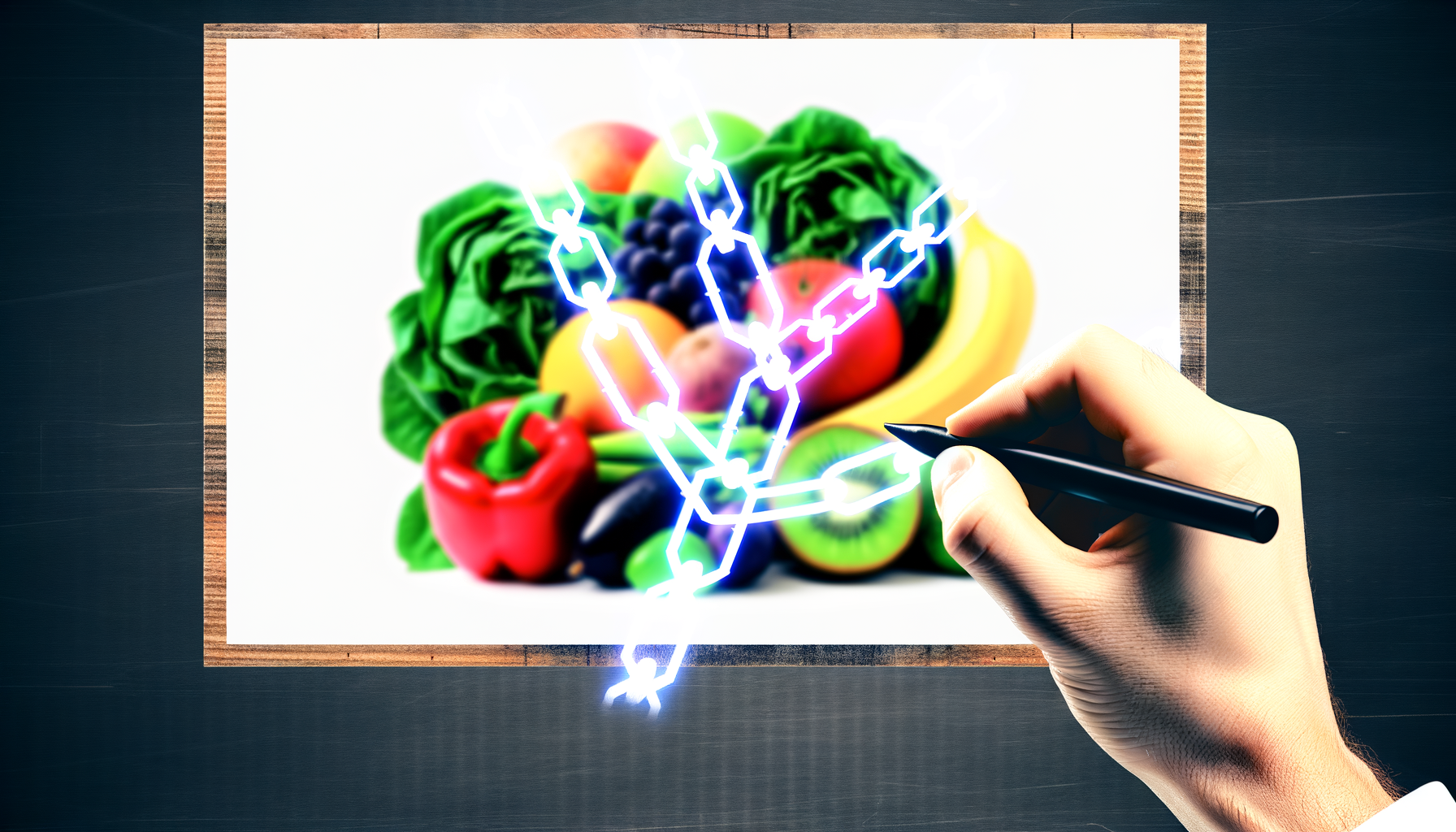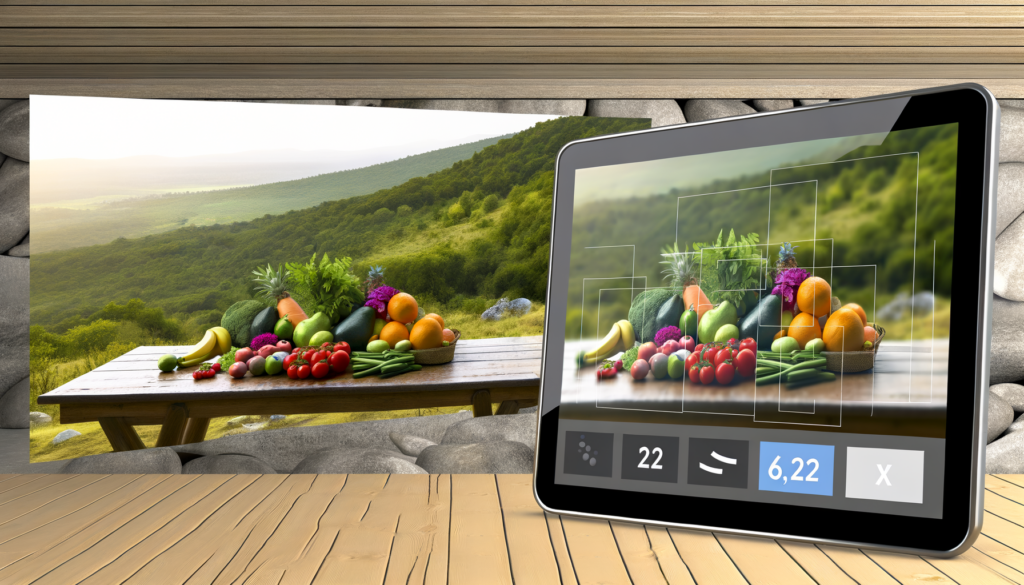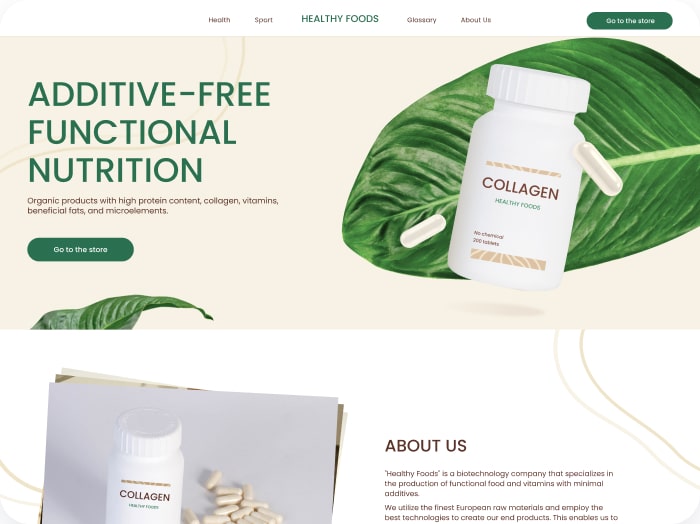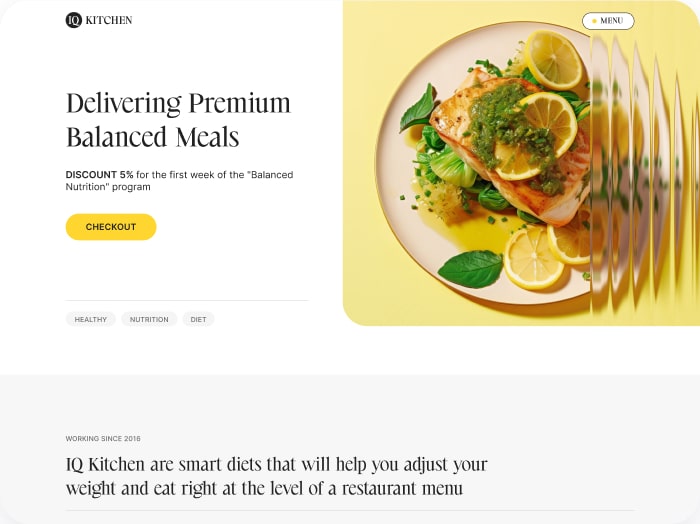Revolutionizing Nutrition Transparency with Blockchain Technology
In the modern era, transparency and trust in the food industry are more crucial than ever. With the rise of blockchain technology, the way we track and verify the origin, quality, and safety of food products is undergoing a significant transformation. Here, we delve into how Calorie Calculator Cloud utilizes blockchain to enhance nutrition transparency and improve the overall food supply chain.
The Power of Blockchain in Food Tracking
Blockchain technology offers a robust solution for enhancing transparency and traceability in the food supply chain. Here are some key ways blockchain is making a difference:
Real-Time Traceability
One of the most significant benefits of blockchain is its ability to provide real-time traceability. Every transaction within the blockchain network is recorded instantly and stored securely, allowing the journey of a food item from farm to table to be traced in real-time. This feature is particularly useful for consumers who want to know the exact origin and history of their food, as seen in initiatives by companies like Ripe.io and Provenance.
Immutable Records
Blockchain operates on a decentralized ledger system, making the records immutable. Once information is entered into the blockchain, it cannot be tampered with or altered, ensuring the data’s integrity. This is critical in preventing fraudulent activities and ensuring the quality and safety of products. For instance, if a farmer provides a certificate of organic food, verified by an authorized agency, that certificate cannot be altered later on.
How Calorie Calculator Cloud Integrates Blockchain
Detailed Product Information
Calorie Calculator Cloud leverages blockchain technology to create a comprehensive digital record of a food product’s journey. This includes crucial details like ingredient origins, harvest dates, transportation, and storage conditions. Consumers can access this information through QR codes or smartphone apps, providing greater transparency and assurance about the food they consume.
Enhanced Data Integrity
The integration of blockchain ensures that all data related to the food supply chain is tamper-proof and secure. Each blockchain data block has a unique cryptographic identifier (a hash value) and contains the hash value of the previous block. If data stored in one block is modified, the hash value in this and all subsequent blocks changes, which makes the data tamper-evident.
Consumer Engagement
By providing consumers with detailed information about the origins and journey of their food, blockchain can enhance consumer engagement. Consumers can scan a QR code on the product to access its complete history, fostering a connection between consumers and their food. This can lead to increased consumer loyalty and satisfaction. For example, companies like Provenance have successfully tracked over 1 million products, demonstrating the scalability and effectiveness of blockchain in food tracking.
Regulatory Compliance
Blockchain can facilitate regulatory compliance by providing a transparent, immutable record of all transactions and activities. This makes it easier for businesses to demonstrate compliance with food safety regulations, reducing the risk of penalties and enhancing their reputation. Tools like Calorie Calculator Cloud can offer valuable insights into nutritional content, while blockchain technology ensures the transparency and authenticity of the food itself.
Real-World Examples and Case Studies
Several companies and initiatives have already begun leveraging blockchain to enhance food transparency and safety.
Ripe.io
Ripe.io uses blockchain technology to improve the transparency and traceability of food. It allows consumers to trace the origin of their food and provides reliable information about the product’s journey from farm to table. Consumers can access this information through a mobile app, fostering a connection between consumers and their food.
Provenance
Provenance creates a digital record for each food product on the blockchain, including information about its origin, production process, and ingredients. This makes it easily verifiable and accessible to customers. Provenance has tracked over 1 million products, demonstrating the scalability and effectiveness of blockchain in food tracking.
Silal Fresh
One company that has felt the challenges of today’s approach to supply chain management is Silal Fresh, the fresh produce division of Silal. Despite being an established player in the agritech space known for its commitment to quality and freshness, Silal Fresh had trouble tracing its products across their supply chain. Blockchain technology has helped resolve these traceability issues, ensuring better food safety and quality.
Benefits of Blockchain in the Food Supply Chain
Food Safety Control
Blockchain technology helps in recording and monitoring data on farming practices, food product ingredients, and their expiration dates, as well as food storage and transportation conditions. This timely identification of potential points of food spoilage and contamination prevents the distribution of unsafe food, ensuring the health and wellness of communities everywhere.
Fraud Prevention
Blockchain prevents fraud by tracing and storing data on the food origin and chain of custody. This makes it easy to verify food authenticity and prevent fraud and counterfeiting. For instance, blockchain can help identify and prevent the sale of counterfeit organic products, ensuring that consumers get what they pay for.
Sustainability and Efficiency
Efficiently run food supply chains can positively impact communities and lives across the globe. Real-time tracking supports sustainability, prevents food waste, and ensures compliance with environmental, social, and governance (ESG) standards. Communication throughout the supply chain can help producers earn fair compensation for their efforts, ultimately improving the quality of life for everyone involved.
Conclusion and Future Outlook
Blockchain technology is revolutionizing the way we track and verify the origin, quality, and safety of food products. By providing real-time traceability, immutable records, and enhanced transparency, blockchain fosters trust, improves efficiency, and ensures the safety and quality of food products.
As the demand for transparency and sustainability in the food industry continues to grow, blockchain is poised to play a significant role in shaping the future of the food supply chain. Whether you are a consumer seeking to understand the journey of your food or a business looking to enhance your supply chain operations, integrating blockchain can provide unparalleled benefits.
For those interested in leveraging blockchain for nutrition tracking, tools like Calorie Calculator Cloud can offer valuable insights into nutritional content, while blockchain technology ensures the transparency and authenticity of the food itself. Explore the Calorie Calculator Plans to see how you can integrate this technology into your health and fitness journey.
By embracing blockchain, we can create a safer, more transparent, and more efficient food supply chain that benefits consumers and businesses alike. The future of nutrition transparency is here, and it is built on the foundation of blockchain technology.








